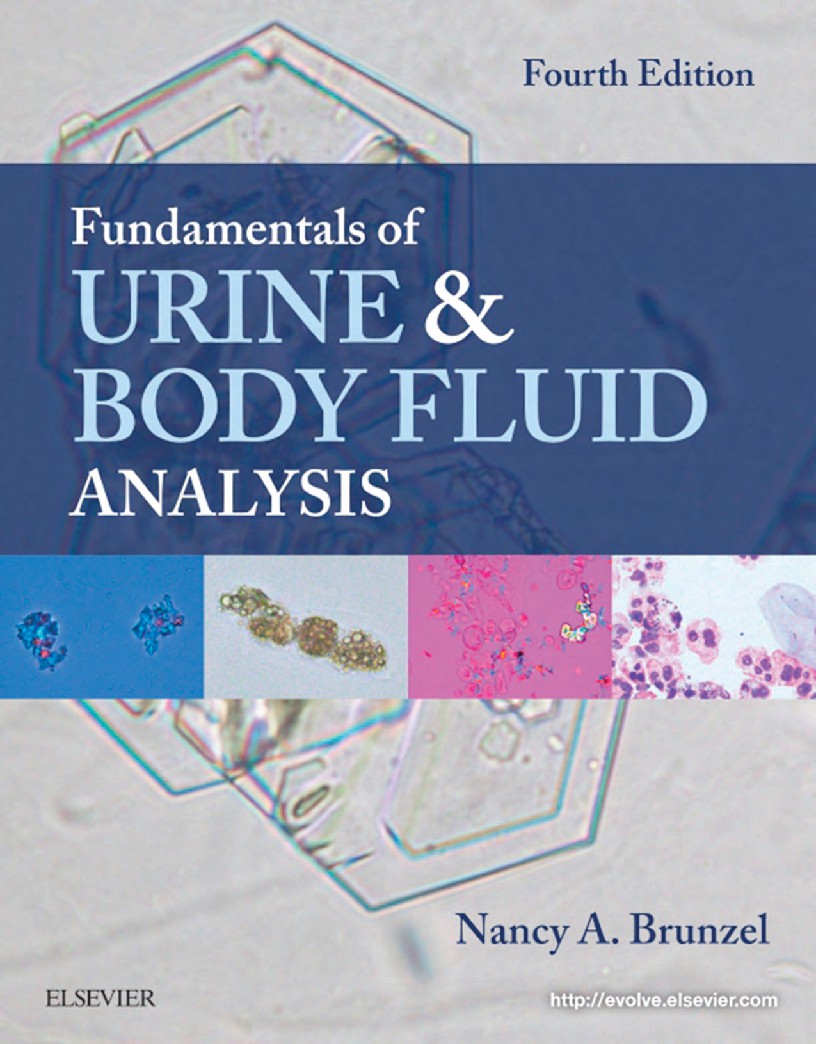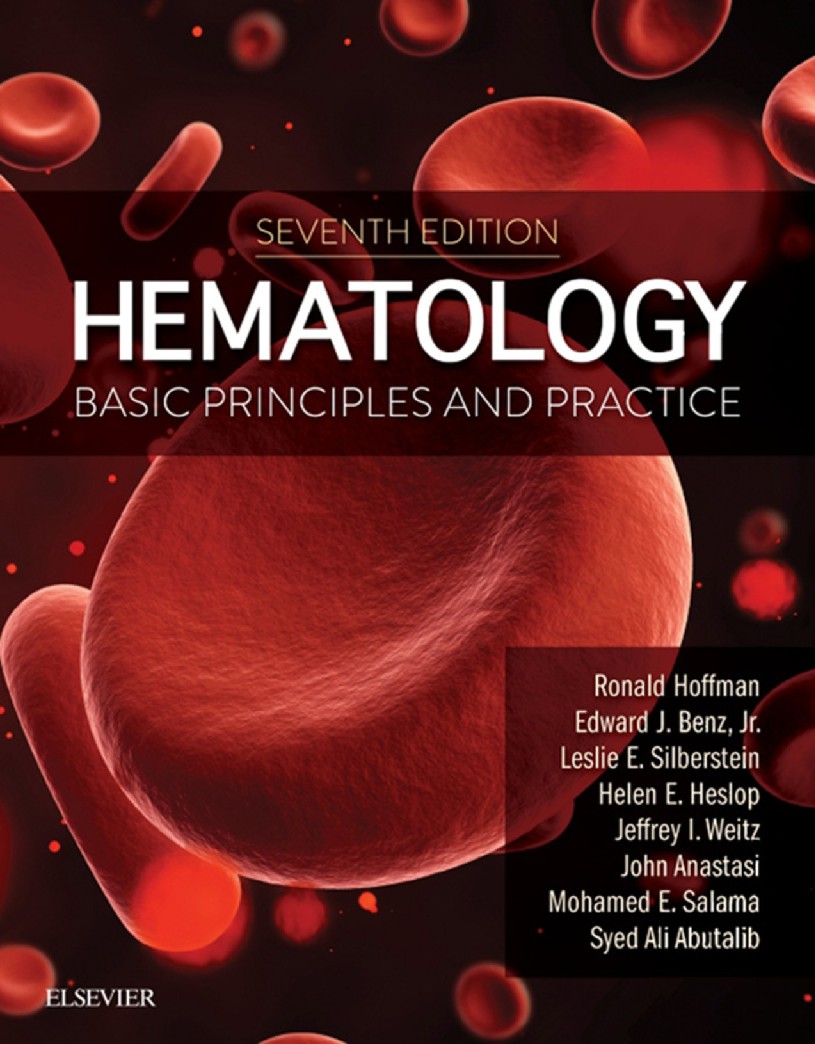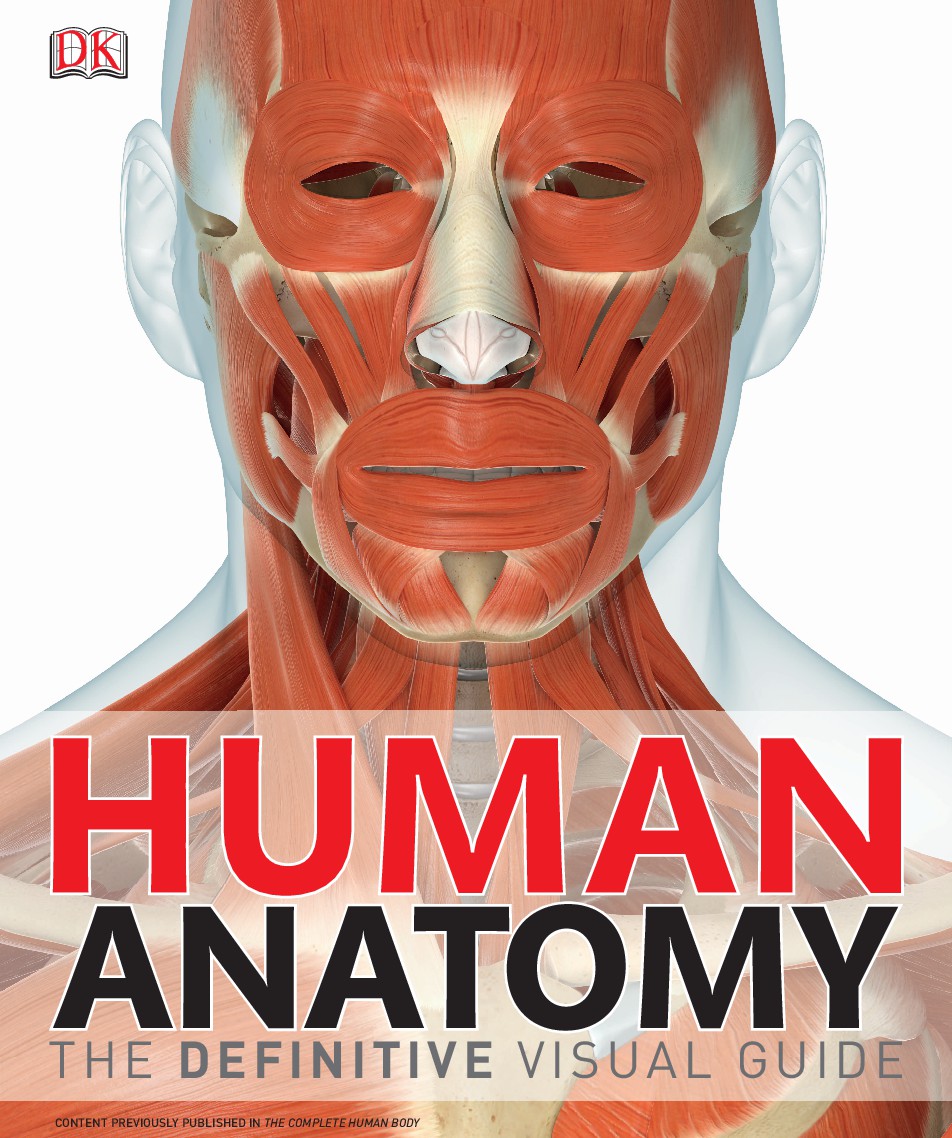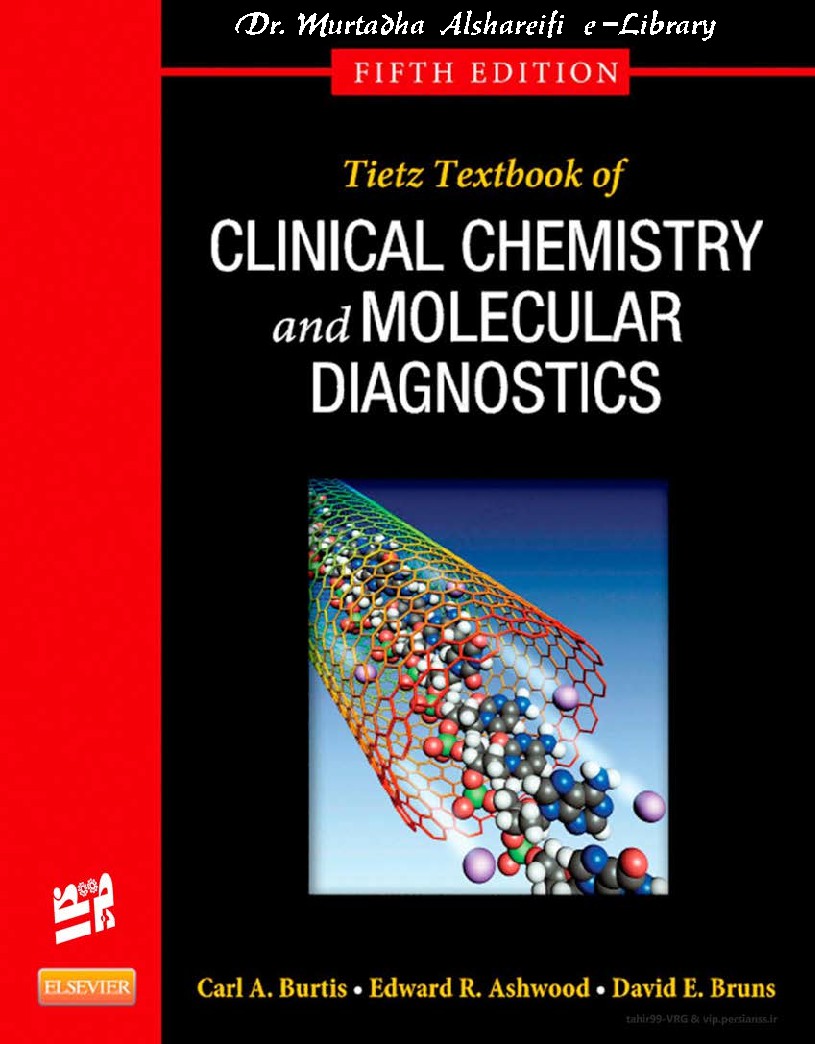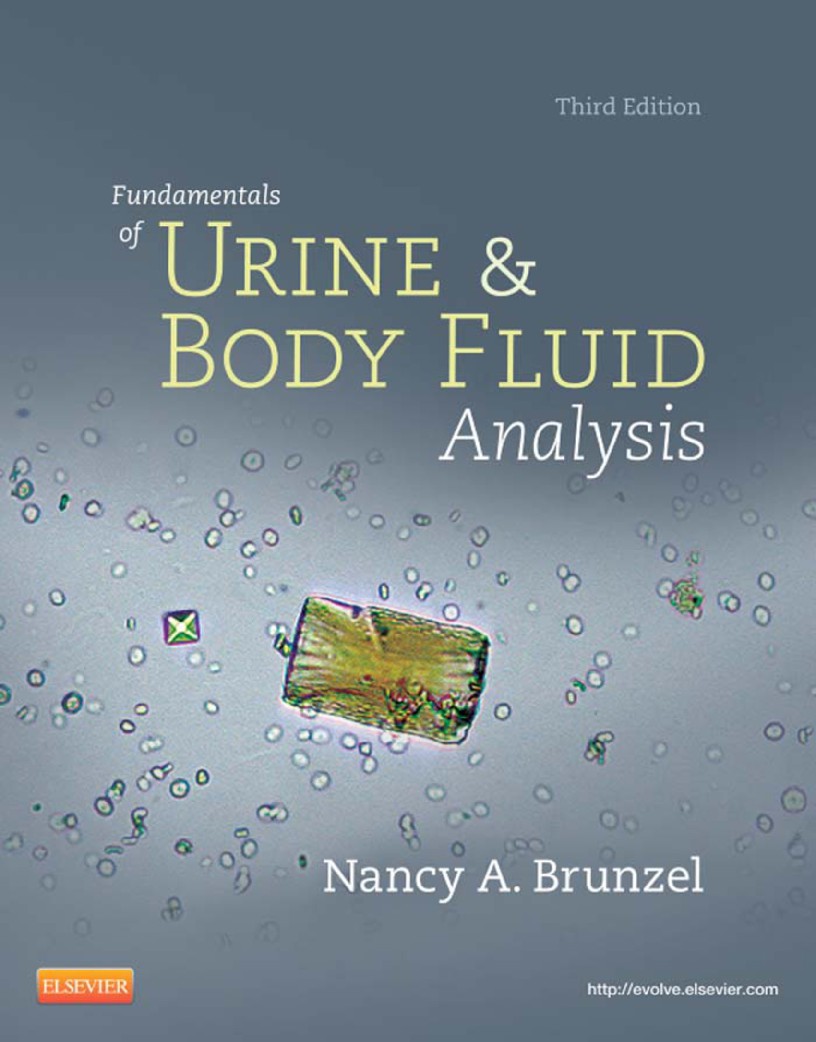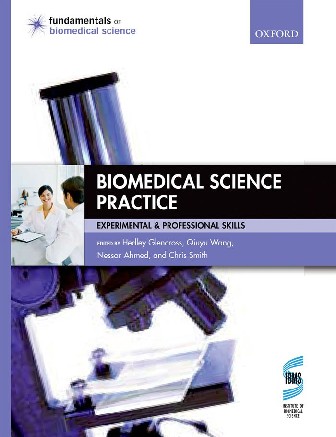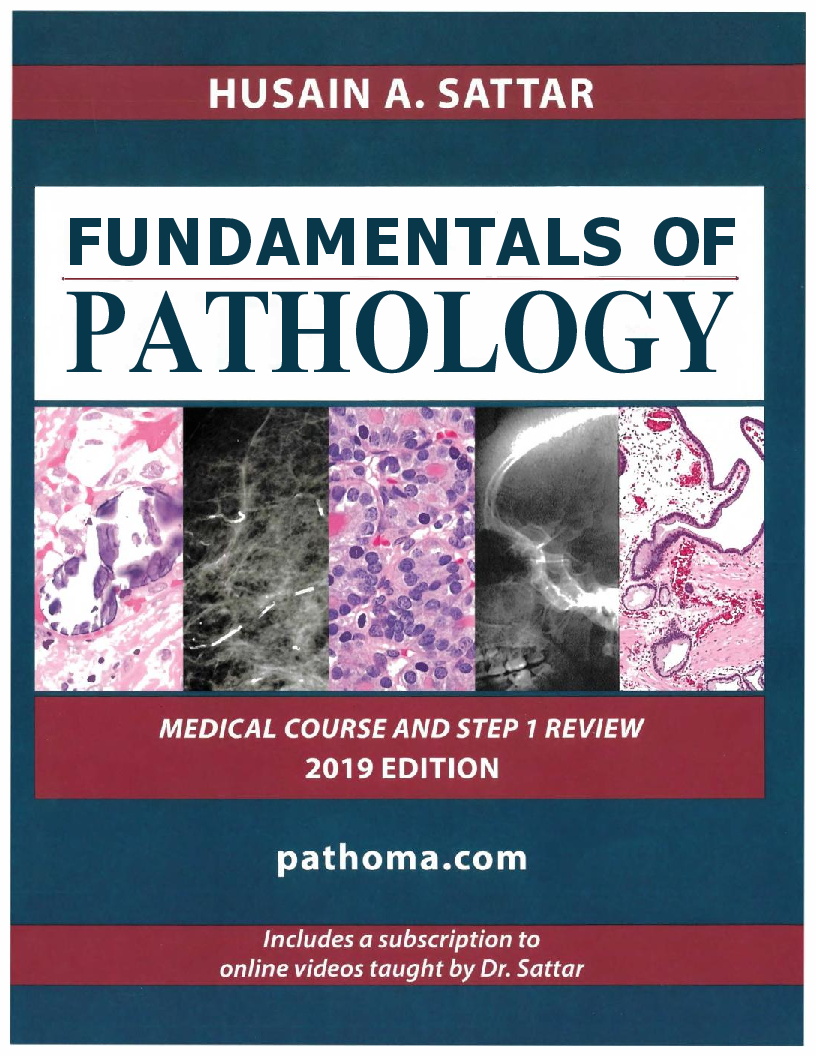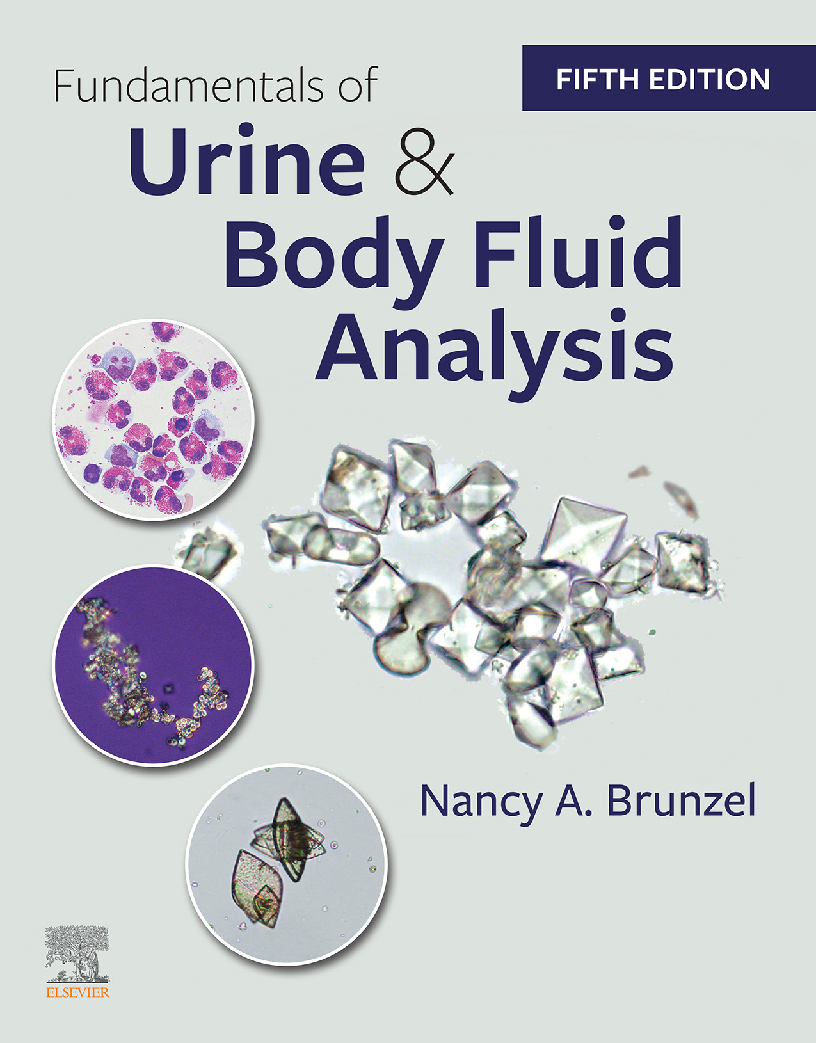Book Details

The Biomedical Engineering Fundamentals
During the past eight years since the publication of the third edition—a three-volume set—of The
Biomedical Engineering Handbook, the field of biomedical engineering has continued to evolve and
expand. As a result, the fourth edition has been significantly modified to reflect state-of-the-field knowl-
edge and applications in this important discipline and has been enlarged to a four-volume set:
•
•
•
•
Volume I: Biomedical Engineering Fundamentals
Volume II: Medical Devices and Human Engineering
Volume III: Biomedical Signals, Imaging, and Informatics
Volume IV: Molecular, Cellular, and Tissue Engineering
More specifically, this fourth edition has been considerably updated and contains completely new
sections, including
• Stem Cell Engineering
• Drug Design, Delivery Systems, and Devices
• Personalized Medicine
as well as a number of substantially updated sections, including
•
•
•
•
•
•
Tissue Engineering (which has been completely restructured)
Transport Phenomena and Biomimetic Systems
Artificial Organs
Medical Imaging
Infrared Imaging
Medical Informatics
In addition, Volume IV contains a chapter on ethics because of its ever-increasing role in the biomedical
engineering arts.
Nearly all the sections that have appeared in the first three editions have been significantly revised.
Therefore, this fourth edition presents an excellent summary of the status of knowledge and activities of
biomedical engineers in the first decades of the twenty-first century. As such, it can serve as an excellent
reference for individuals interested not only in a review of fundamental physiology but also in quickly
being brought up to speed in certain areas of biomedical engineering research. It can serve as an excel-
lent textbook for students in areas where traditional textbooks have not yet been developed and as an
excellent review of the major areas of activity in each biomedical engineering sub-discipline, such as
biomechanics, biomaterials, bioinstrumentation, medical imaging, and so on. Finally, it can serve as
the “bible” for practicing biomedical engineering professionals by covering such topics as historical
perspective of medical technology, the role of professional societies, the ethical issues associated with
medical technology, and the FDA process.
Author: Joseph D. Bronzino
Pages: 1144
Issue By: Gyan Publication
Published: 3 years ago
Likes: 0
